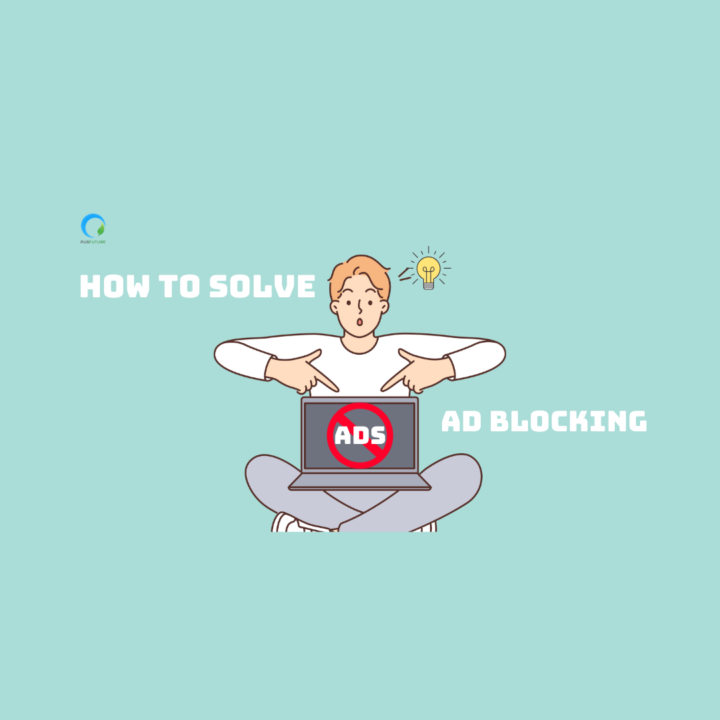The automation of online ad buying and selling makes programmatic advertising highly convenient, yet this very efficiency can increase the risk of scams. According to fraudlogix.com, a global dataset of 152 countries and the rate of online fraud that occurred in 2024. On average, 18.31%, nearly one-fifth of digital ad interactions worldwide, may be fraudulent.
If you’re a publisher navigating the ever-evolving world of programmatic advertising, you’ve probably come across the term Sellers.json. But what exactly is Sellers.json? Why does it matter for publishers? And how can you leverage it to build transparency and trust with advertisers?
In this comprehensive guide, we’ll demystify Sellers.json, explain how it works, and show you how to optimize your listings for better ad revenue and long-term success
What is Sellers.json exactly?
Sellers.json is a publicly accessible JSON (JavaScript Object Notation) file implemented by advertising technology platforms (typically Supply-Side Platforms – SSPs and ad exchanges).

Source: Headerbidding
Essentially, sellers.json aims to bring clarity and accountability to the programmatic ecosystem by allowing buyers to verify the legitimacy of the entities selling ad space. This helps combat fraudulent activities like domain spoofing and unauthorized reselling, fostering a more trustworthy environment for everyone.
Key fields in Sellers.json
Seller_id
This is a unique identifier assigned to the seller by the advertising system (typically an SSP or ad exchange). It’s the primary identifier used by buyers to look up seller information.
Seller_type
This field indicates the type of seller in relation to the ad inventory. It can have one of two values:
- PUBLISHER: The direct owner of the website, app, or other digital property where the ad inventory originates.
- INTERMEDIARY: An authorized reseller of the ad inventory (e.g., an ad network or another exchange).
Name (Optional)
This is a human-readable name of the seller’s business entity. Publishers can choose whether or not to include this for direct sellers, while it’s often included for intermediaries.
Domain (Optional)
This field represents the primary domain of the seller’s website. Similar to the name, this is often optional for direct publishers but may be included for intermediaries.
Here’s a simplified example of a sellers.json file:
In this example, pub-xxxxxxxxxxxxxxxx represents the direct publisher, while ca-pub-yyyyyyyyyyyyyyyy is an authorized reseller (an ad network in this case).
Why is Sellers.json Crucial for Publishers’ Programmatic Strategy?
Implementing sellers.json offers a multitude of benefits for publishers, directly impacting their ad revenue and overall standing in the programmatic marketplace:
Increased Transparency and Trust
By openly declaring authorized sellers, you build trust with buyers. They can confidently verify the source of your inventory, reducing concerns about fraudulent or misrepresented traffic. This transparency can lead to higher demand and better CPMs.
Combating Ad Fraud
Sellers.json makes it harder for malicious actors to profit from your inventory. Buyers can easily cross-reference seller information, identifying and avoiding unauthorized resellers or spoofed domains. This protects your brand reputation and ensures your legitimate inventory receives the attention it deserves.
Improved Buyer Confidence
When buyers are confident in the legitimacy of your inventory, they are more likely to bid on it. This increased competition can drive up your programmatic revenue.
Compliance with Industry Standards
Many demand-side platforms (DSPs) and ad exchanges increasingly prioritize publishers with sellers.json implemented. Failure to adopt it could lead to reduced demand or even exclusion from certain marketplaces.
Sellers.json vs. Ads.txt vs. SupplyChain Object: Understanding the Difference
While both sellers.json and ads.txt aim to increase transparency in programmatic advertising, they address different aspects:
| Aspect | Sellers.json | Ads.txt | SupplyChain Object |
| Purpose | Identifies authorized sellers and resellers in the supply chain | Declares authorized sellers for a publisher’s inventory | Shows the full chain of intermediaries for a specific ad impression |
| Location | Hosted as a JSON file on the SSP or exchange’s domain | Hosted as a text file on the publisher’s root domain | Embedded in each bid request (real-time) |
| Format | JSON | Plain text (tab-separated values) | JSON object within the OpenRTB bid request |
| Focus | On seller identities registered with ad tech platforms | On which platforms are authorized to sell a publisher’s inventory | On the transaction path from publisher to advertiser per impression |
| Who Publishes It? | Ad tech platforms (e.g., SSPs, exchanges) | Publishers | Publishers or SSPs |
| Data Scope | All sellers working with a platform | All platforms authorized by a publisher | Specific path for each bid request |
| Main Benefit | Verifies the legitimacy of sellers to fight fraud and improve trust | Prevents unauthorized reselling and domain spoofing | Enables real-time transparency in the full programmatic supply chain |
Conclusion
In conclusion, sellers.json enables publishers to publicly disclose details about direct sellers, intermediaries, and resellers involved in their ad inventory. This transparency allows advertisers to verify the legitimacy of sellers, helping to combat ad fraud and ultimately increase publisher revenue.
With more than 10 years of experience in optimization and a deep pool of ad campaigns, PubFuture has supported web publishers, media, and tech companies with their revenue growth between 15 – 100% via our superior optimization solution Header Bidding across premium partners by using forward-thinking technology, premium demands, and effective ad operations expertise. We provide unbiased, ethical guidance to help publishers bring greater transparency to their programmatic advertising and maximize the value of their ad inventory.
Get in touch with us today to discover how we can support your digital advertising success.









